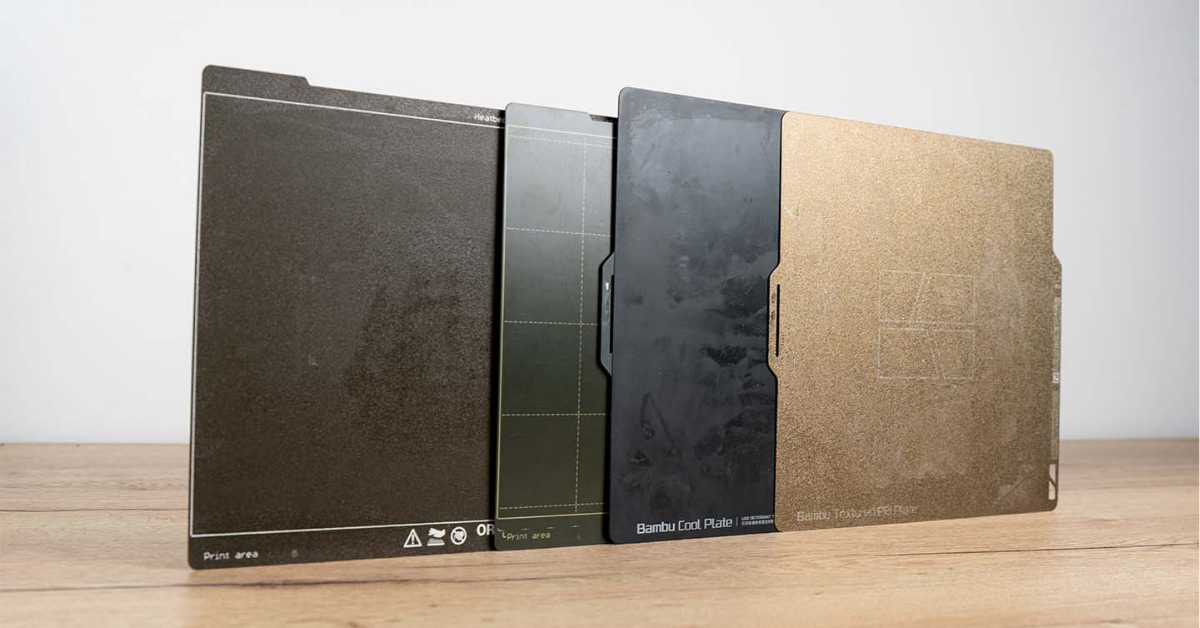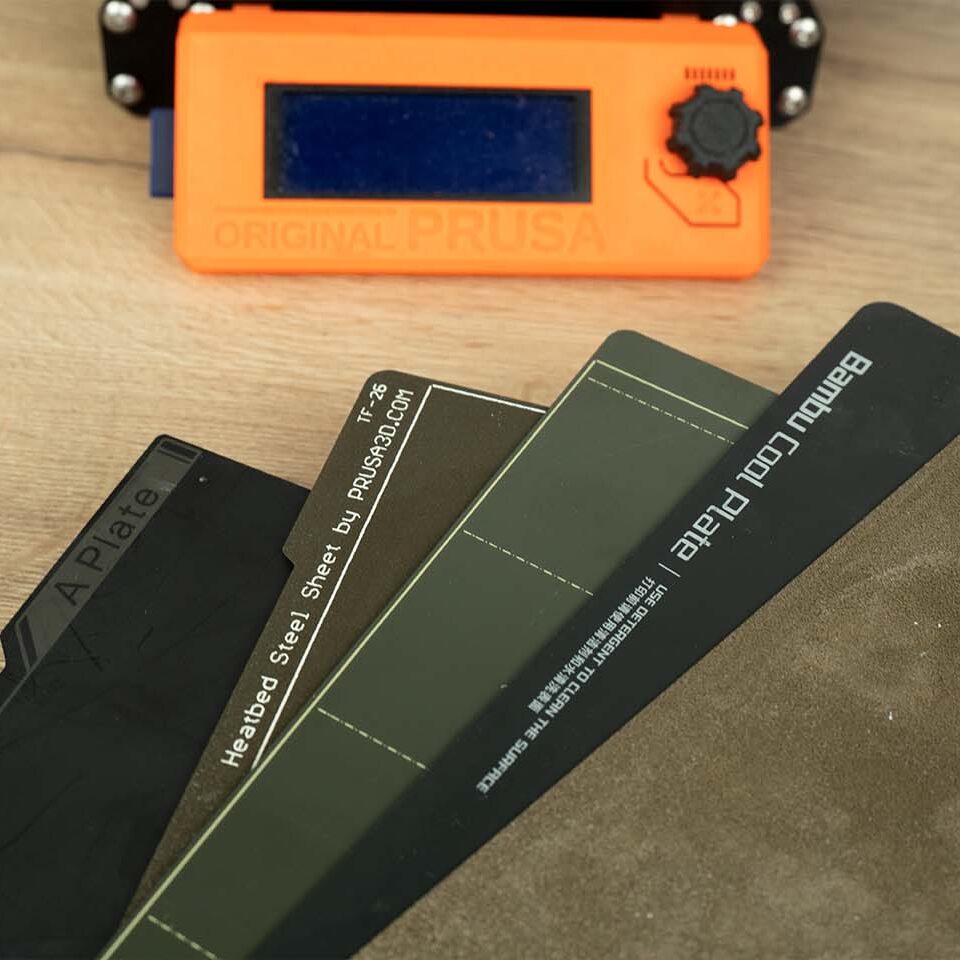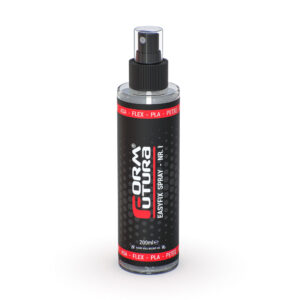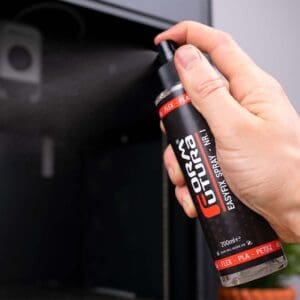How to Choose the Right 3D Printing Build Plate for Perfect Prints

Introduction
Choosing the right build plate for your 3D printer is essential for achieving high-quality prints with strong adhesion and minimal warping. With so many options available—PEI, glass, PEX, and more—it’s important to understand their strengths and weaknesses. In this guide, we’ll help you pick the perfect print surface for your needs, whether you’re printing PLA, ABS, PETG, or other materials.
The Right Surface for the Right Print
Not all 3D printing materials behave the same way on different build plates. Selecting the appropriate surface ensures better adhesion, fewer failed prints, and a smoother printing experience. Here are the key factors to consider:
Material Compatibility: Some surfaces work better with specific filaments.
Adhesion Strength: Too little adhesion leads to print failures, while too much makes part removal difficult.
Ease of Cleaning: A dirty or worn-out build surface affects print quality.
Durability: Frequent printing and scraping can wear down certain surfaces faster.

Warping: A Common Build Plate Challenge
Warping occurs when a print’s edges lift off the build plate due to uneven cooling. This is especially common with ABS and other high-temperature filaments. The right build plate can significantly reduce warping. Solutions include:
Using a heated bed to maintain even temperatures.
Choosing a surface with good adhesion (such as textured PEI).
Applying adhesives like glue stick or hairspray to help with first-layer bonding.
Types of 3D Printer Build Plates
There are various types of build plates, each with unique properties:
Textured or Smooth PEI Sheets
PEI (Polyetherimide) is one of the most popular build surfaces due to its excellent adhesion and durability. Available in both textured and smooth variants:
Textured PEI: Provides strong adhesion and a rough bottom texture.
Smooth PEI: Produces a glossy first layer but may require extra adhesion aids for some filaments.
Imprinted Build Surfaces
Some 3D printers come with proprietary imprinted build surfaces designed for specific materials. These offer decent adhesion but may degrade over time and require replacement.
PEX Build Plates
PEX is a durable alternative to PEI with similar adhesion properties but better resistance to high temperatures. It’s an excellent choice for printing ABS, ASA, and other heat-sensitive materials.
Carbon Fiber Glass Build Plates
Glass build plates, often coated with a carbon fiber or borosilicate layer, provide a smooth, mirror-like finish on the bottom of prints. While great for PLA, PETG, and TPU, glass may require adhesive aids for certain filaments.
Improving Adhesion for Better Prints
Adhesion issues can ruin prints before they even get started. Here’s how to improve bed adhesion:
Level the Bed Properly: An uneven build plate leads to adhesion problems.
Use Adhesives: Glue stick, hairspray, or specialized printing adhesives can help.
Adjust Print Temperature: Higher bed temperatures improve adhesion for materials like ABS and PETG.
Optimize the First Layer: Print slower and slightly squish the first layer for better adhesion.
Cleaning Your Build Plate
A clean build surface is key to consistent prints. Over time, oils, dust, and filament residue can affect adhesion. Cleaning tips:
Use Isopropyl Alcohol (IPA) 99%: Regularly wipe down PEI and glass surfaces with IPA to remove grease and dust.
Warm Soapy Water: For stubborn residue on PEI, use warm soapy water and a soft sponge.
Avoid Scratching the Surface: Scratches can affect print quality and adhesion.
Conclusion: Choose the Best Build Plate for Your Needs
The best build plate depends on your printing goals and the materials you use most often. If you prioritize strong adhesion and durability, textured PEI or PEX is a solid choice. If you prefer a smooth, glossy bottom layer, glass might be better. Understanding your printer, filament, and build surface will help you achieve more consistent, high-quality prints.


